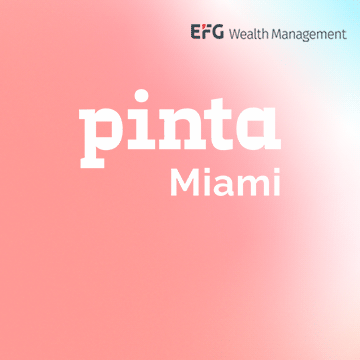Reviews
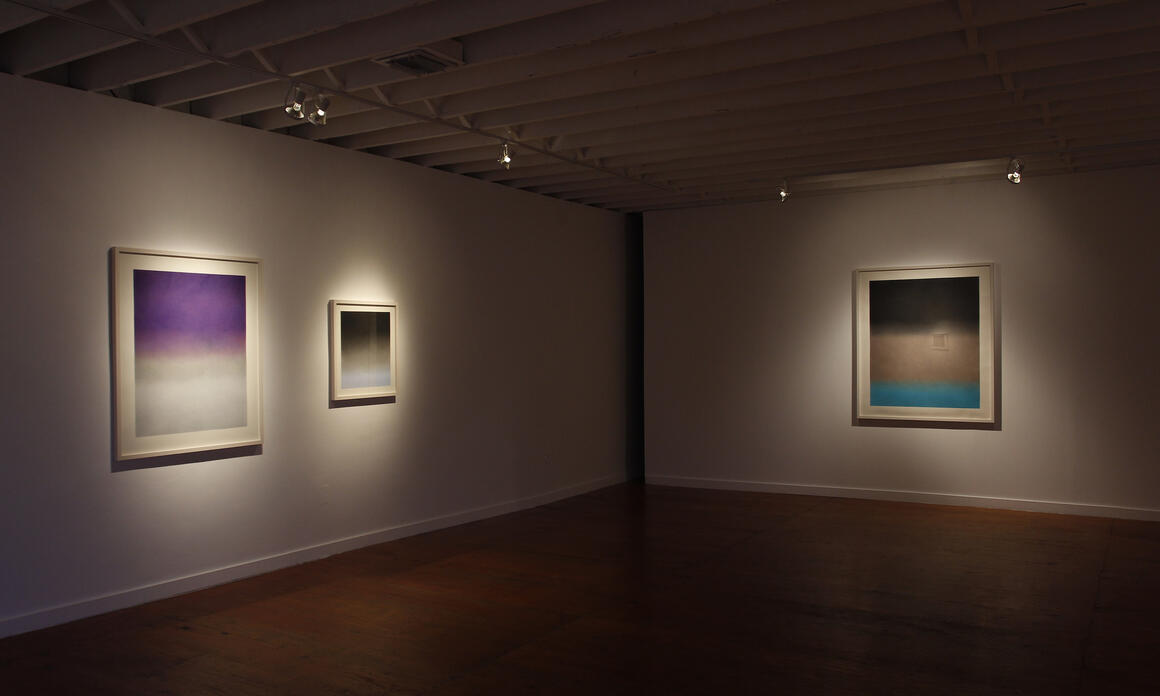
Karina Peisajovich: Background. Alejandra Von Hartz Gallery, Miami
Peisajovich looks to Seurat’s color studies and his approach to the division of tones on the basis of the position of highlights of color to incite, at a distance, certain combinations on the retina.
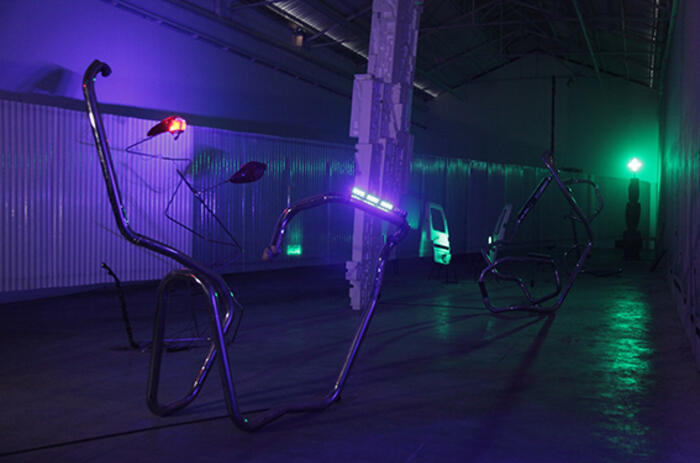
Diego Bianchi: Shutdown. Barro Gallery. Buenos Aires
In his new exhibition, Diego Bianchi elevates trash to the plane of what is called art.
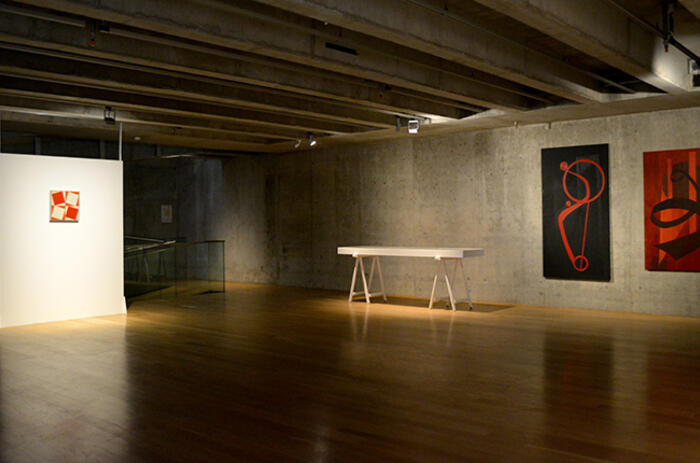
Avant-Garde. Trojan Horse. The Americas
Magdalena Jitrik & Leila Tschopp. MACBA. Buenos Aires
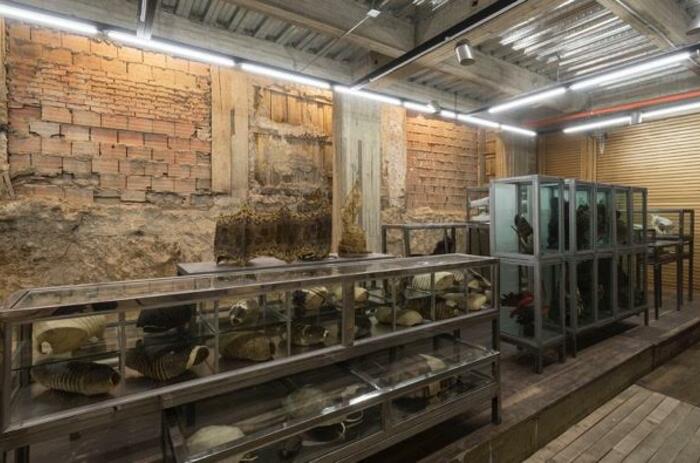
El Dorado: Art new space. Bogotá, Colombia
El Dorado, as part of the exciting Bogotá art scene, to continue to provide visibility to processes outside the mainstream that are committed to a historical mission.
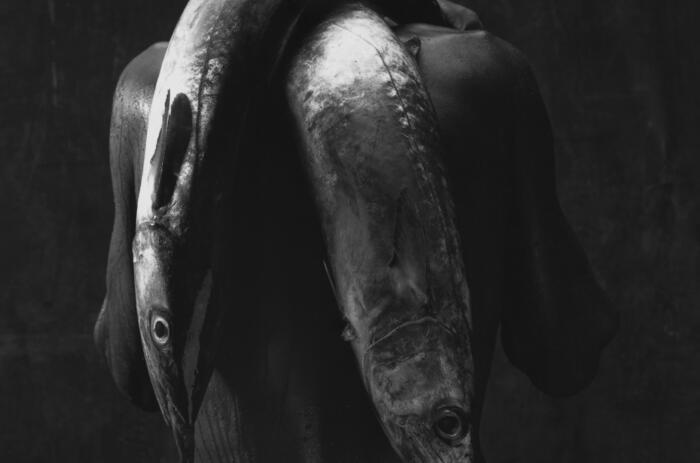
Mario Cravo Neto: A Serene Expectation of Light
The exhibition organized by Autograph ABP and curated by Mark Sealy and Gabriela Salgado evidences the artist’s fascination with the complex cultural heritage of Bahía and of northeastern Brazil as a whole
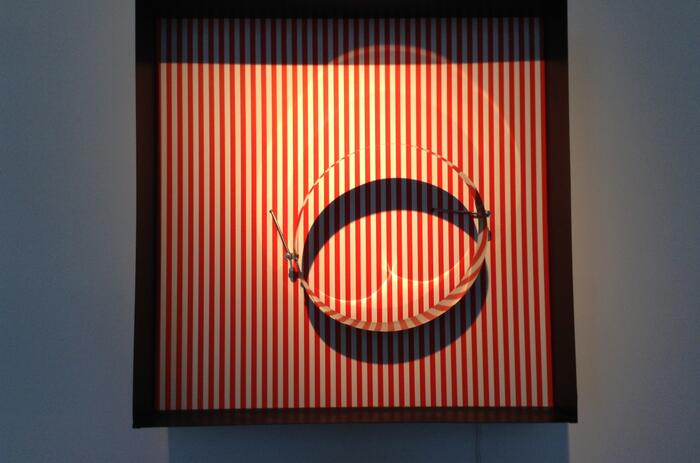
Sculpture en Partage. Villa Datris Fondation
Sculpture en Partage, brings together some one hundred works from the foundation’s holdings, ten of them from Danièle Kapel-Marcovici’s private collection.
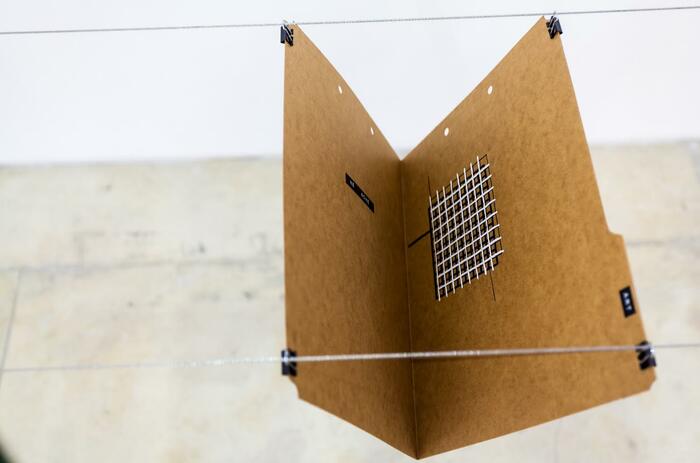
Eliptico by Andrés Michelena at Sala Mendoza, Caracas
Elíptico articulate a specific polyphony of meanings where each of the works connects with another to construct a specific narrative of questions and intuitions.
![Damián Ortega, El cohete y el abismo [The Rocket and the Abyss]. Exhibition view. Palacio de Cristal, Parque del Retiro. May 2016. Photograph: Joaquín Cortés/Román Lores. Museo Nacional Centro de Arte Reina Sofía Damián Ortega, El cohete y el abismo [The Rocket and the Abyss]. Exhibition view. Palacio de Cristal, Parque del Retiro. May 2016. Photograph: Joaquín Cortés/Román Lores. Museo Nacional Centro de Arte Reina Sofía](/var/artealdia_com/storage/images/resenas/damian-ortega-el-cohete-y-el-abismo-museo-nacional-centro-de-arte-reina-sofia-madrid/569250-1-esl-AR/Damian-Ortega-El-cohete-y-el-abismo-Museo-Nacional-Centro-de-Arte-Reina-Sofia-Madrid_grid_horizontal.jpg)
Damián Ortega: El cohete y el abismo Museo Nacional Centro de Arte Reina Sofía, Madrid
Ortega makes use of three elements steeped in symbolism due to their nature as objects and to the temporality that they represent.
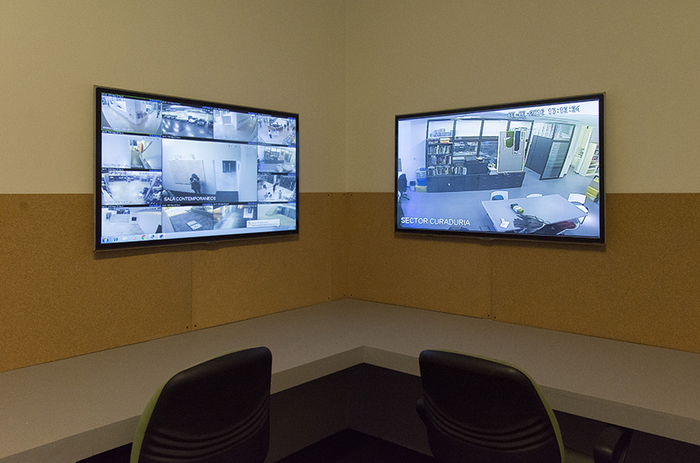
Juan Tessi: Cameo. MALBA, Buenos Aires
Cameo ambitiously takes the shape of a multiple device that, in two different phases, provides an expanded experience of Tessi’s work.
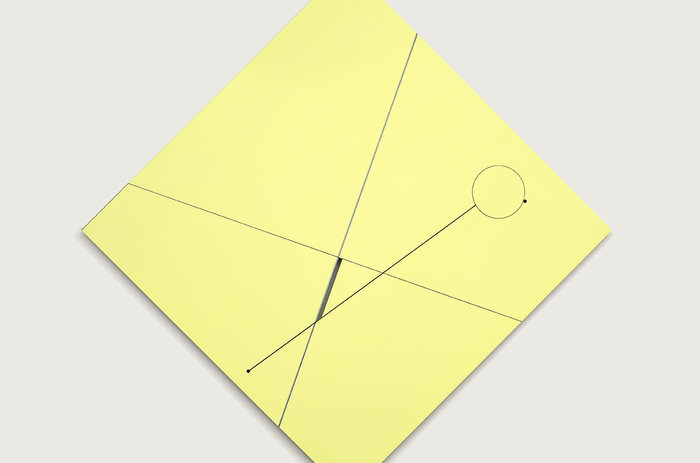
Macaparana. Denise René – Rive Gauche. Paris
In Macaparana’s work, colors vibrate in linear structures held in careful balance by parallel, concentric, and slanting lines that follow an abstract and geometric calligraphy that dances over the surface.
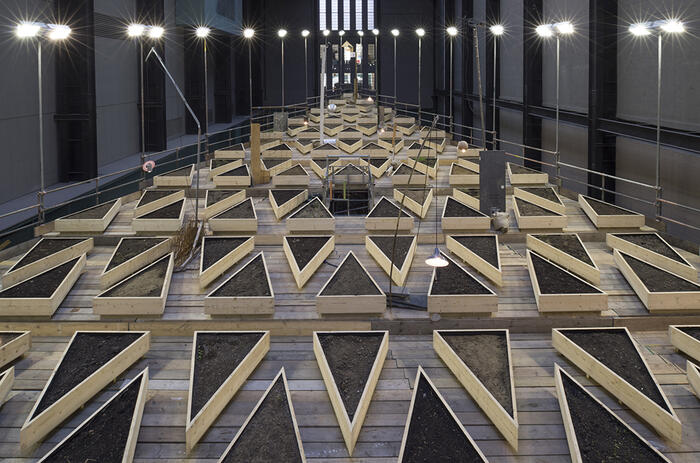
Abraham Cruzvillegas: Empty Lot. Tate Modern, Londres
Cruzvillegas turns this exercise at Turbine Hall into a unique opportunity to bring a number of his interests together in a single action.
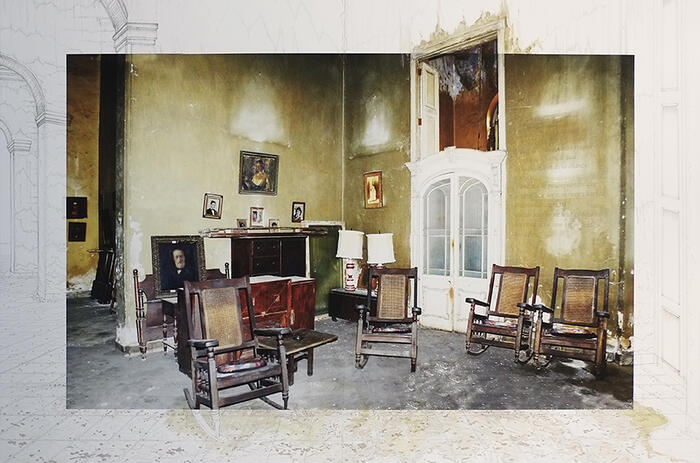
Atelier Morales: Arqueología III. Galerie Nathalie Obadia, Paris
Atelier Morales ventures a new beauty that, albeit with tension and ambiguity, appeals to the viewer’s senses and feelings.
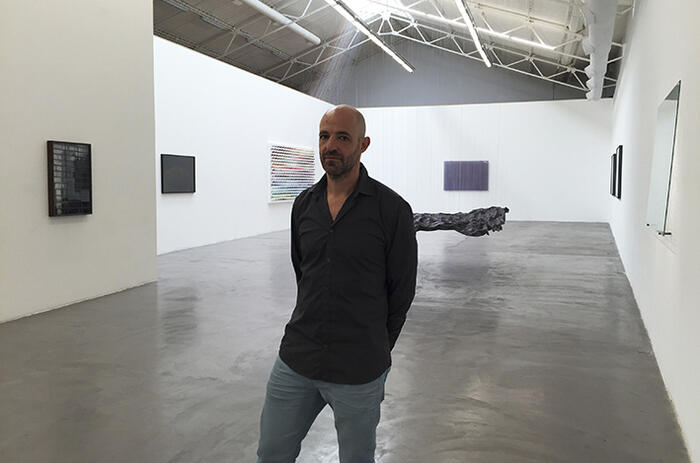
Miguel Rothschild: Cuarenta días y cuarenta noches. Ruth Benzacar
Review of Miguel Rothschild´s exhibition at Ruth Benzacar Gallery.
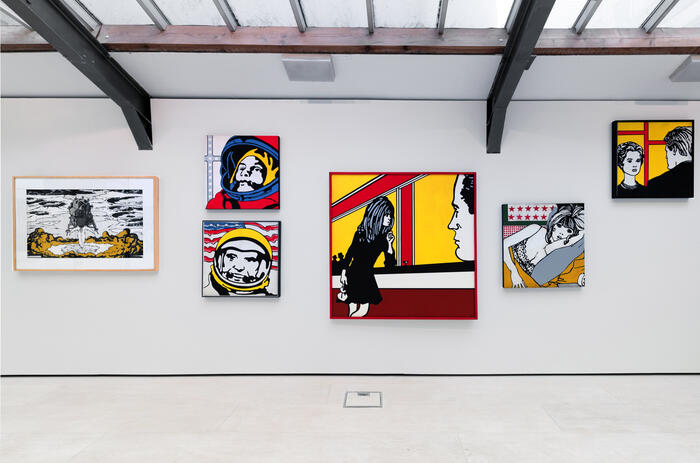
Claudio Tozzi: New Figuration and the Rise of Pop Art 1967-1971.Cecilia Brunson Projects, London
The exhibition concentrates on one of the most difficult periods in Brazilian political history, a period that began with the imposition of a military dictatorship in 1964.
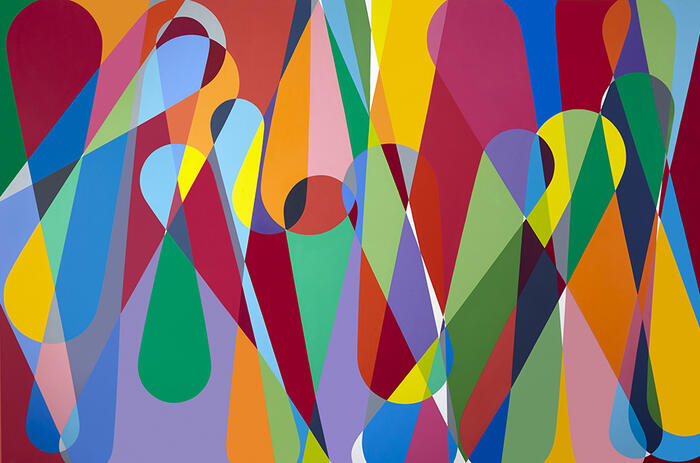
Colección Tedesco: Diagonal Sur - Arte argentino hoy. Centro Cultural Borges. Buenos Aires
With almost four hundred works from the Esteban Tedesco collection, Diagonal Sur - Arte Argentino Hoy occupies all the galleries of the Centro Cultural Borges. A milestone in the history of contemporary art collecting, the show makes visible art produced over the course of the last thirty years.
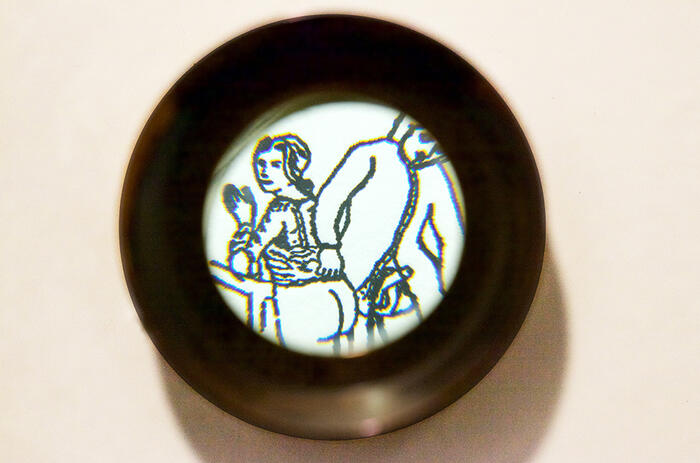
Carlos Motta: Deseos. Galerie Mor Charpentier, Paris.
This first solo exhibition of the Colombian artist explores the historical representations of what is considered unconventional sexual desire.
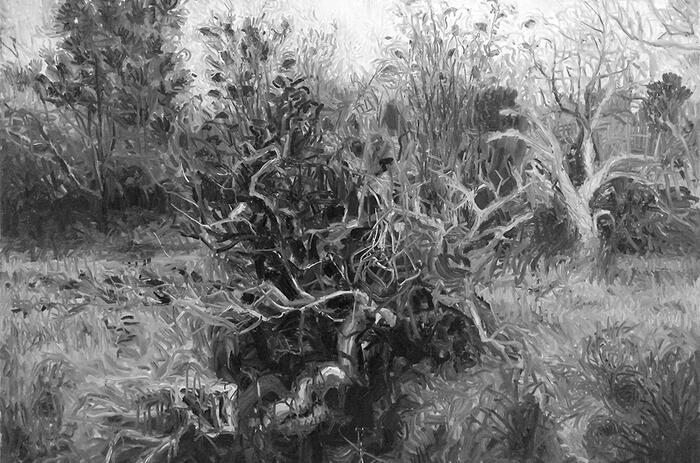
Juan Andrés Videla: Nada está quieto. Centro cultural Recoleta. Buenos Aires
The over seventy paintings and drawings in this anthological exhibition offer us a remarkable opportunity to interrogate the artistic universe Videla has developed over the last twelve years.
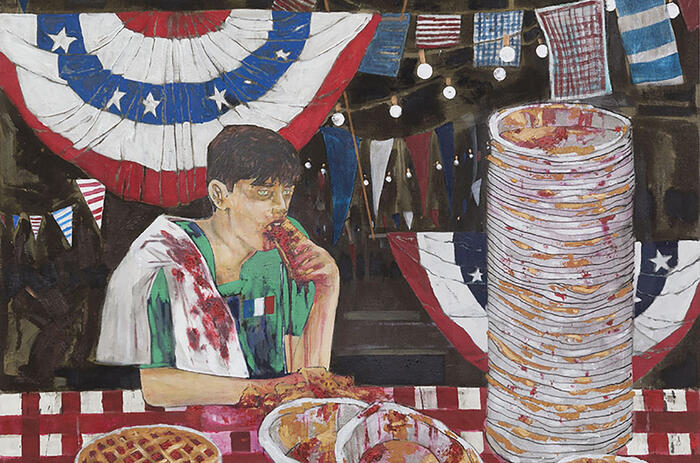
Hernán Bas: Fruits and flowers. Galerie Perrotin, Paris
Bas’s iconography has been inspired by late 19th-century decadent and symbolist aesthetics in both literature and the visual arts.
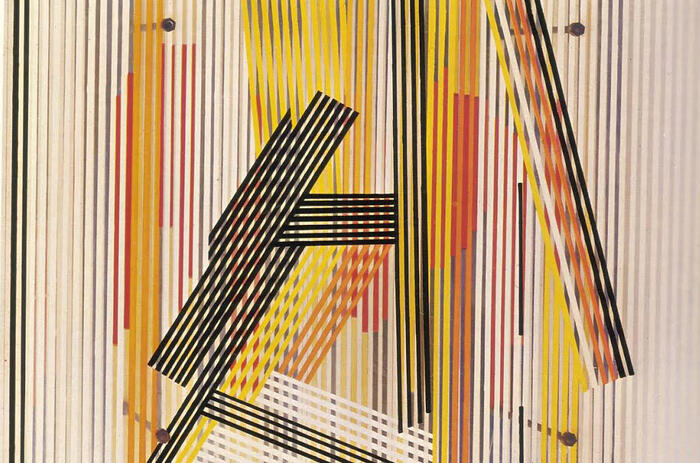
Jesús Soto: Estático/Dinámico. Galería Ascaso. Caracas
It is truly remarkable that an artist without a high school education was able to produce such a deep body of work, one steeped in the concerns of art, mathematics, and musical harmony.
![Guadalupe Valdés, Habitar lo nuestro [Inhabiting What’s Ours]. Mixed media on canvas, 55 x 69 cm. 2015 Guadalupe Valdés, Habitar lo nuestro [Inhabiting What’s Ours]. Mixed media on canvas, 55 x 69 cm. 2015](/var/artealdia_com/storage/images/resenas/guadalupe-valdes-vencer-el-olvido.-galeria-isabel-aninat-chile/567068-1-esl-AR/Guadalupe-Valdes-Vencer-el-olvido.-Galeria-Isabel-Aninat-Chile_grid_horizontal.jpg)
Guadalupe Valdés: Vencer el olvido. Galería Isabel Aninat, Chile
The artist’s reminiscences are alliances she puts together on the basis of other artists’ signatures that, when joined, turn into a vision of art that surprises and captivates us, engaging collage in a creative game with reality.
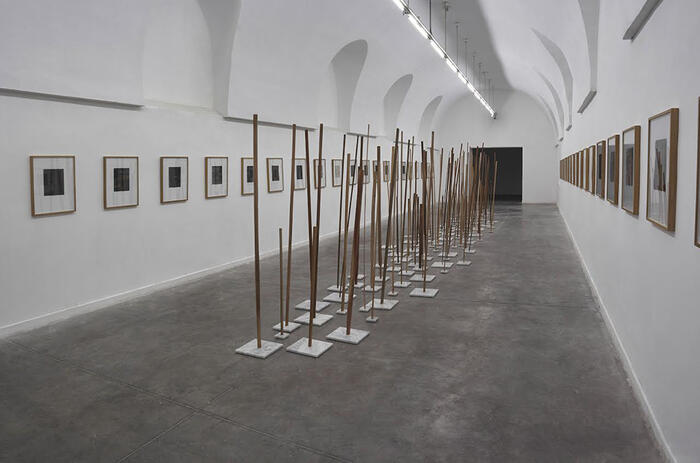
Federico Colletta: El desmoronamiento de la corteza terrestre. Centro Cultural Recoleta. Buenos Aires
The apparent working of nature’s chance in Federico Colletta’s process is actually a strategy, a partial loosening.
![Luis Romero. Tu y Yo [You and I], 2015, prints on paper and glass, Alejandra Von Hartz Gallery (photo by O. Torridas) Luis Romero. Tu y Yo [You and I], 2015, prints on paper and glass, Alejandra Von Hartz Gallery (photo by O. Torridas)](/var/artealdia_com/storage/images/resenas/luis-romero-borderline.-alejandra-von-hartz-gallery-miami/567032-1-esl-AR/Luis-Romero-Borderline.-Alejandra-Von-Hartz-Gallery-Miami_grid_horizontal.jpg)
Luis Romero: Borderline. Alejandra Von Hartz Gallery, Miami
Luis Romero is interested in putting together a sort of inventory of the constructive resources of geometric abstraction in order to discover new discursive possibilities.
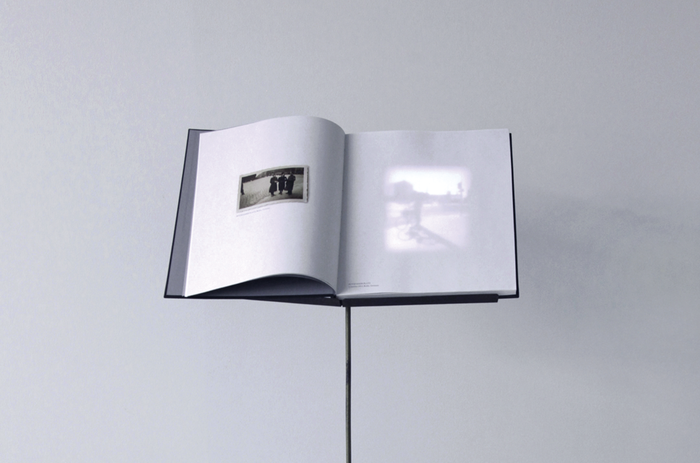
Ken Matsubara: Repeticiones. Del Paseo Gallery, Punta del Este
This show brought together three videos and an installation—a series of open books, as tenuous as memories, displayed on music stands.
![PACIFICO [PACIFIC], 1994. Pacifico series, 120x104 cm. Vintage print. Photograph: Daniel Avena PACIFICO [PACIFIC], 1994. Pacifico series, 120x104 cm. Vintage print. Photograph: Daniel Avena](/var/artealdia_com/storage/images/resenas/fernell-franco-cali-clair-obscur.-fondation-cartier-paris/566942-1-esl-AR/Fernell-Franco-Cali-Clair-Obscur.-Fondation-Cartier-Paris_grid_horizontal.jpg)
Fernell Franco: Cali Clair Obscur. Fondation Cartier, Paris
On exhibition at the Fondation Cartier pour l'Art Contemporain is the first retrospective of Fernell Franco (1942-2006), an important, though still little-known, figure in Latin American photography.
![Gerardo Goldwasser, Medidas rígidas [Rigid Measures], 2015. Wood and varnish, 100 cm. long / Madera y barniz, 100 cm, largo. Gerardo Goldwasser, Medidas rígidas [Rigid Measures], 2015. Wood and varnish, 100 cm. long / Madera y barniz, 100 cm, largo.](/var/artealdia_com/storage/images/resenas/goldwasser-uribe-el-sistema-de-los-otros.-galeria-del-paseo-punta-del-este/566897-1-esl-AR/Goldwasser-Uribe-El-sistema-de-los-otros.-Galeria-del-Paseo-Punta-del-Este_grid_horizontal.png)
Goldwasser - Uribe: El sistema de los otros. Galería del Paseo, Punta del Este
The exhibitions by experienced artists Gerardo Goldwasser and Pablo Uribe held at Galería del Paseo evidence a shared sensibility and a similar placid atmosphere. By different means, the two shows by artists of the same generation look to ancestral traces and give rise to a multiplicity of meanings.
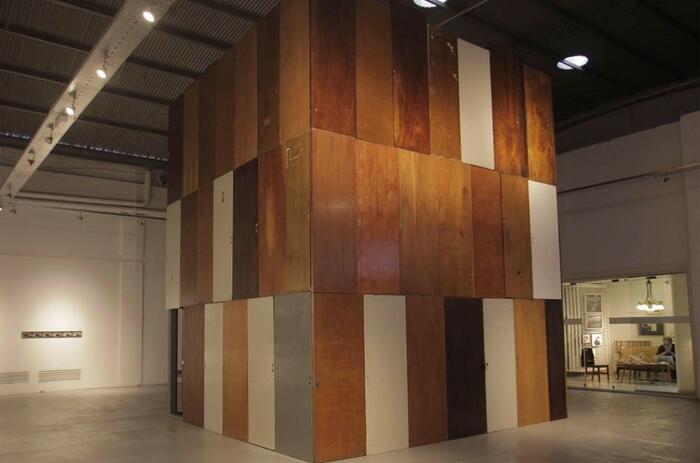
Hugo Aveta: Sintomas, la imagen sin nombre. El Gran Vidrio. Argentina
Hugo Aveta lives by his work in that infinite universe of halftimes that avoid and survive finiteness.
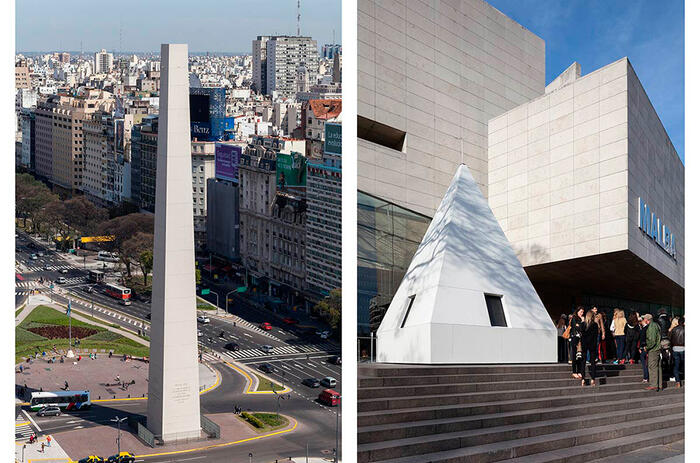
Leandro Erlich: La democracia del Símbolo. MALBA. Buenos Aires
The removal of a section of the obelisk, as well as the fiction of transporting it and the choice of the new setting, not only formulates the artist’s political and conceptual agenda but also activates the senses.
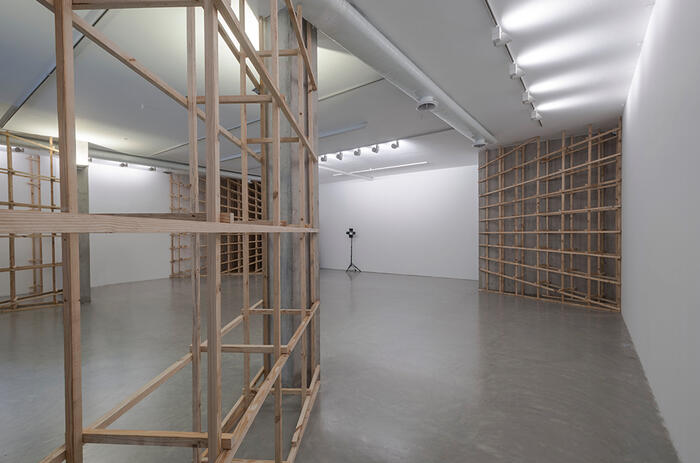
Jorge Macchi: Lampo. NC – arte. Colombia
Lampo is a pause and change in pace in the programming of NC-arte, as well as the first major show by Macchi in Bogotá.
![Rey América [King America]. Oleo sobre lienzo / Oil on canvas, 146x89 cm. 1991. Museo Nacional de Bellas Artes (MNBA) Collection. Rey América [King America]. Oleo sobre lienzo / Oil on canvas, 146x89 cm. 1991. Museo Nacional de Bellas Artes (MNBA) Collection.](/var/artealdia_com/storage/images/resenas/perez-celis-testimonio-americano.-museo-nacional-de-bellas-artes.-buenos-aires/566304-1-esl-AR/Perez-Celis-Testimonio-americano.-Museo-Nacional-de-Bellas-Artes.-Buenos-Aires_grid_horizontal.jpg)
Pérez Celis: Testimonio americano. Museo Nacional de Bellas Artes. Buenos Aires
The design of this exhibition prioritizes his almost fifty-year search for the specificity of the Americas.
![Muu Blanco. NCT-M, from the series NCT x 13 Samples, 2015. Intervention on Paolo Gasparini’s book Retromundo [Retroworld], 1986 Muu Blanco. NCT-M, from the series NCT x 13 Samples, 2015. Intervention on Paolo Gasparini’s book Retromundo [Retroworld], 1986](/var/artealdia_com/storage/images/resenas/muu-blanco-nctx13-sample-photographs-music.-artmedia-gallery-miami/566286-1-esl-AR/Muu-Blanco-NCTx13-Sample-Photographs-Music.-ArtMedia-Gallery-Miami_grid_horizontal.jpg)
Muu Blanco: NCTx13 Sample, Photographs & Music. ArtMedia Gallery, Miami
Muu Blanco’s strategy consists of selecting images by Gasparini and placing on them elements that make reference to Blanco’s daily life.
![Wifredo Lam, La Jungla [The Jungle], 1943. The Museum of Modern Art, New York. Wifredo Lam, La Jungla [The Jungle], 1943. The Museum of Modern Art, New York.](/var/artealdia_com/storage/images/resenas/wifredo-lam-o-la-modernidad-transcontinental.-centre-georges-pompidou-paris/566268-2-esl-AR/Wifredo-Lam-O-la-modernidad-transcontinental.-Centre-Georges-Pompidou-Paris_grid_horizontal.jpg)
Wifredo Lam: O la modernidad transcontinental. Centre Georges Pompidou, París
The exhibition displays the different stages of the long journey that was Lam’s life as well as the varying courses of his production.


